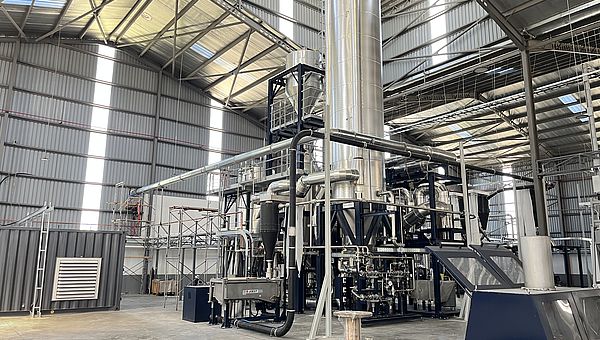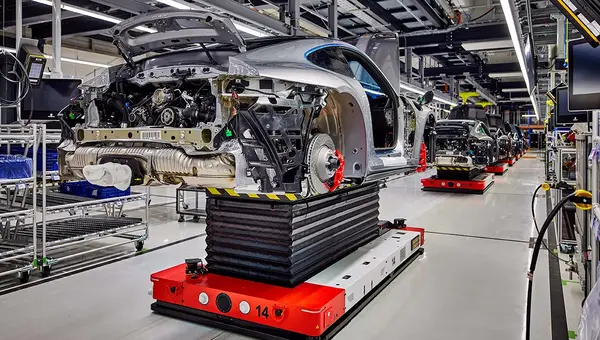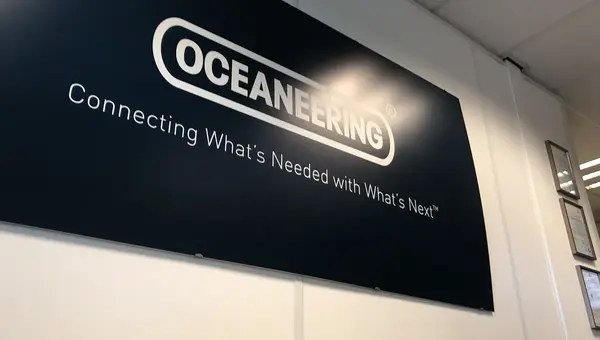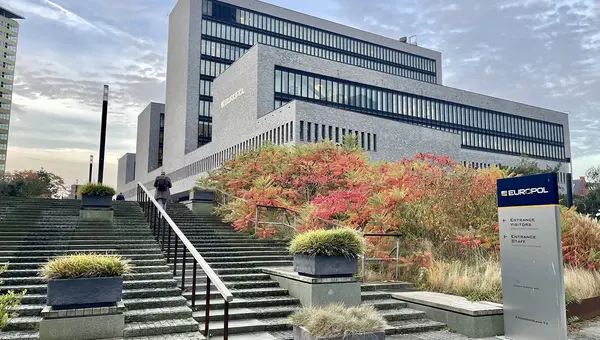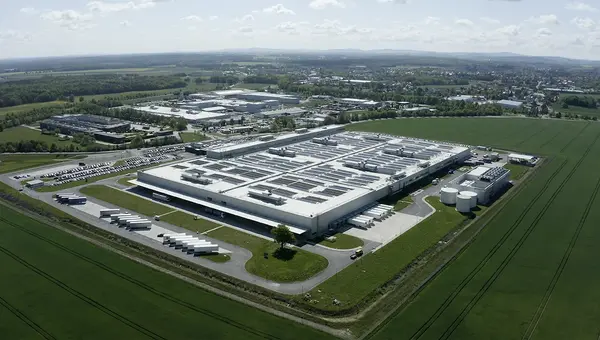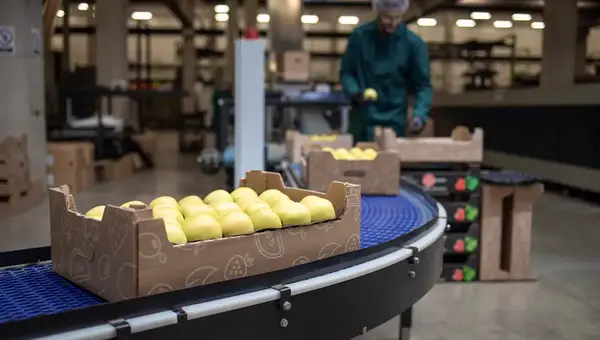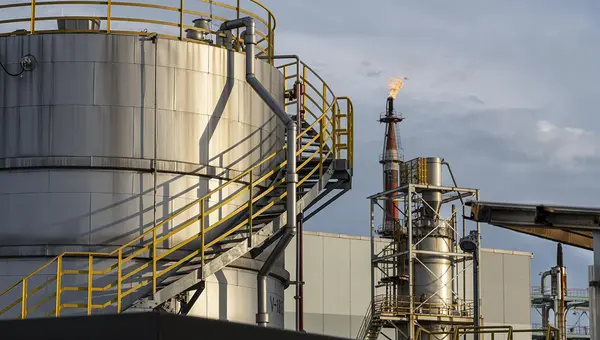Digital Transformation of Legacy Systems Engineering Processes for Automation & Control Systems
| Project owner: | Oceaneering Mobile Robotics, Utrecht, The Netherlands |
| Project industry: | Automation & Control Systems |
| Project services: | Systems Engineering Process Development, Digital Transformation |
| Project completion: | 2021 |
| Project duration: | 11 months |
Disclaimer
The Experiences presented below were undertaken by the founders and partners of Waste2Value in their individual professional capacities, prior to the formation of the company. Waste2Value was not directly contracted or engaged to deliver these assignments. These Experiences are shared to illustrate the depth of in-house expertise we bring to our clients and to highlight the quality, rigour, and impact that underpin our approach to every engagement.
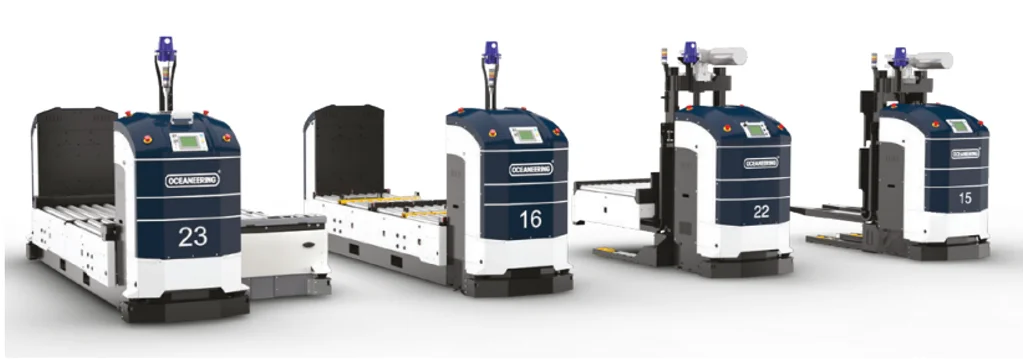
Oceaneering remote operators piloting & monitoring subsea missions from Onshore Remote Operations Centre (OROC) in Stavangar, Norway
Results
- Successfully transitioned from document-based to model-based Systems Engineering across multiple projects, improving traceability, consistency, and reusability of engineering assets.
- Established a structured, stage-based SE methodology adaptable to varying project types—balancing enterprise-level discipline with flexibility for smaller, fast-moving teams.
- Significantly improved cross-team collaboration and alignment by formalizing interfaces, responsibilities, and deliverables through standardized formats and templates.
- Introduced a scalable digital toolchain supporting the full engineering lifecycle, enabling knowledge reuse, reducing duplication, and increasing engineering throughput.
- Deployed a centralized project asset repository serving as a single source of truth—enhancing transparency, version control, and stakeholder access to SE artifacts.
- Boosted quality and relevance of use cases and system requirements by involving clients early through sprint reviews—transforming them from passive approvers to active co-creators.
- Increased team morale and engagement by promoting shared ownership of the transformation process and reducing friction in daily engineering work.
- Positioned the organization with a sustainable and scalable Systems Engineering foundation, enabling future growth without sacrificing engineering agility or quality.
Discover More Experiences
Explore our experience in this industry that have helped companies tackle real-world challenges.
1/3

